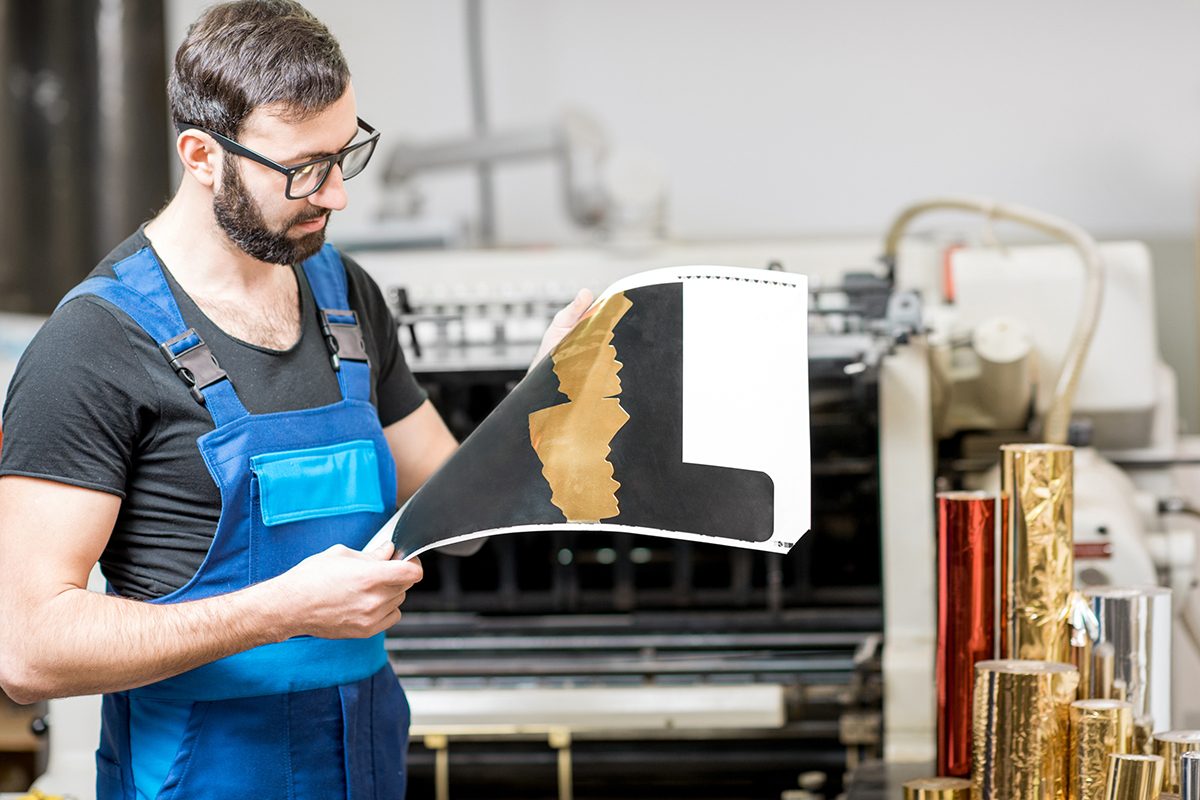Have you ever wondered how all the necessary information about a product is displayed? Those small stickers on products are called labels, and they play a critical role in product branding and marketing. In this article, we’ll explore label printing and provide tips and best practices for making your labels stand out.
What is Label Printing?
Labels are stickers that contain important information about a product. They help to display vital details such as brand name, ingredients, and usage instructions. There are different types of label printing, including inkjet, laser, and thermal printing.
Designing Your Label
A good label design has elements that make it effective. When designing a label, consider the text, colors, and images that will best represent your product. Choosing a font that is easy to read, colors that are visually appealing, and images that clearly depict the product will help your label stand out. There are several software options for designing your label, such as Adobe Illustrator and Canva.
Label Printing Materials
There are different types of materials used for label printing, including paper, vinyl, and polyester. The right material for your label depends on the type of product you are labeling and the environment in which it will be displayed. Consider the factors of durability, resistance, and adhesion when selecting the right material for your label.
Printing Your Label
When it comes to printing your label, there are several printers to choose from, including inkjet and laser printers. Each type of printer has its own set of advantages and disadvantages, so you should choose one that suits your needs. Make sure to set up your printer correctly and use the correct label sheet size. Troubleshooting common label printing issues such as printer jamming, ink smudging, and alignment errors can save you time and resources.
Compliance and Regulations
Creating compliant labels is crucial because there are laws and regulations that must be followed. The Food and Drug Administration (FDA) has specific requirements for food and drug labeling, and other industries have their own set of regulations. Ensure your label complies with all relevant rules and regulations.
Tips for Label Printing Success
Best practices for label printing include avoiding common mistakes such as using low-quality images, using the wrong label size, and not proofreading your labels. Other tips for success include adding a barcode to your label, using an adhesive that suits your label material, and considering the use of waterproof labels.
Conclusion
Label printing is a critical aspect of product branding and marketing. By following these tips and best practices, you can create labels that effectively display the necessary information about your product, comply with regulations, and stand out among the competition. With a little bit of effort and creativity, your labels can become an asset to your business.











